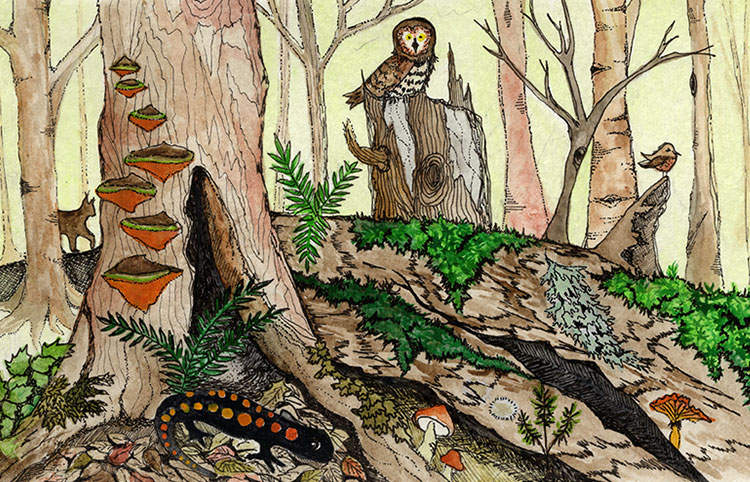Wildlife is essential for ecological balance, scientific research, and cultural value. However, some argue it conflicts with human needs and development.
I. Introduction
- Hook: Wildlife is a crucial part of Earth’s biodiversity.
- Background: Brief overview of the roles wildlife plays in nature and society.
- Thesis Statement: Wildlife is essential for ecological balance, scientific research, and cultural value. However, some argue it conflicts with human needs and development.
II. Supporting View 1: Ecological Balance
- Topic Sentence: Wildlife maintains ecological balance and supports ecosystems.
- Example 1: In Kenya, elephants help shape the landscape and promote biodiversity.
- Example 2: In India, tigers control herbivore populations, preserving forest health.
- Example 3: In Australia, bees pollinate crops, vital for food production.
- Analysis: These examples show how wildlife is crucial for maintaining healthy ecosystems.
III. Supporting View 2: Scientific Research
- Topic Sentence: Wildlife is invaluable for scientific research and medical advancements.
- Example 1: In Costa Rica, studying frogs leads to medical breakthroughs.
- Example 2: In Madagascar, lemurs provide insights into evolutionary biology.
- Example 3: In Tanzania, chimpanzee research aids understanding of human behaviour.
- Analysis: These cases illustrate the importance of wildlife for scientific progress and health benefits.
IV. Opposing View 1: Conflict with Human Needs
- Topic Sentence: Wildlife sometimes conflicts with human needs and safety.
- Example 1: In India, human-tiger conflicts result in fatalities and livestock loss.
- Example 2: In South Africa, elephants damage crops, impacting farmers’ livelihoods.
- Example 3: In Australia, sharks pose a risk to swimmers and surfers.
- Analysis: These examples highlight the challenges of coexisting with wildlife.
V. Opposing View 2: Hindrance to Development
- Topic Sentence: Wildlife conservation can hinder economic development and infrastructure projects.
- Example 1: In Brazil, protecting the Amazon rainforest limits agricultural expansion.
- Example 2: In China, preserving pandas restricts urban development in certain areas.
- Example 3: In Kenya, wildlife reserves sometimes limit land available for housing.
- Analysis: These instances show how wildlife conservation can conflict with development goals.
VI. Conclusion
- Restate Thesis: Wildlife is essential for ecological balance, scientific research, and cultural value, but it can conflict with human needs and development.
- Summary of Key Points: Recap the main supporting and opposing views.
- Final Thought: Strive for a balanced approach that values both wildlife conservation and human progress.

